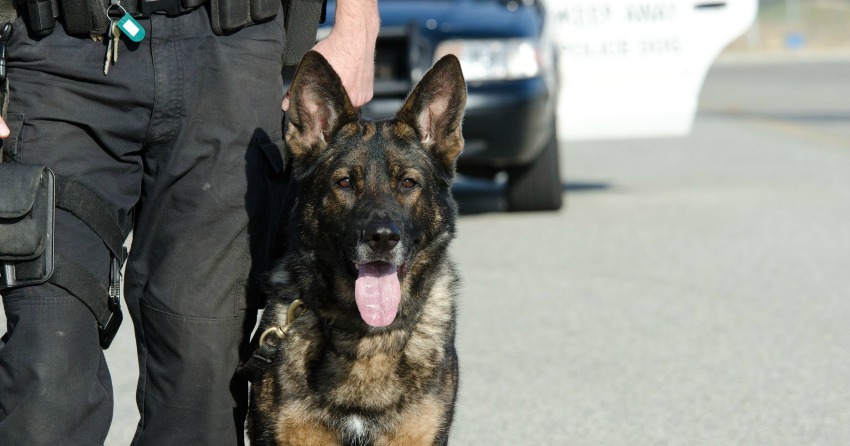Search KamloopsBCNow
- Food & Drink
- Biz+Tech
- Columns
- Travel & Lifestyle
- Arts & Culture
- News & City Info
- Events
- Webcams
- Advertise
- Real Estate
- Contests
- Best Of the city
- Faces of Kamloops
- More
- Real Estate Listings
- Subscribe
- Contact
The Royal Canadian Mounted Police paid out $979,067 in compensation for injuries caused by interactions with police service dogs between 2013 and May 2024, according to documents made public through the IJF’s Open By Default database.
Canada’s provincial RCMP divisions reported 30 individual payments related to police service dog bites during this ten-year period, nearly all of which occurred in British Columbia and Alberta.
In civil actions, the RCMP is represented by the federal department of justice, and “It is very difficult to get any settlement out of them,” said Tom Engel, lawyer and chair of the Criminal Trial Lawyers’ Association’s policing committee.
“I consider that if they're paying out anything, it must have been a bad bite,” he said, and that the number of settlements doesn’t reflect the actual number of injuries caused by police dog bites.
“These dogs are not machines,” Engel said. When they bite, they will also shake their head back and forth, “as dogs do,” ripping muscle, tendon, and other tissue.

Nova Scotia RCMP had a single dog bite settlement in the amount of $17,000 between 2013 and 2024, and records from Quebec’s RCMP division also show only one payment for $25,000.
There were 17 settlements totalling $107,528 stemming from injuries caused by Alberta RCMP police dogs, and B.C. RCMP reported 11 settlements totalling $829,539.
Information about the individual settlements was not included in the released documents, but data on the use of force by RCMP members sheds some light on why injury claims are concentrated in the two westernmost provinces. In 2023, police service dogs were used as a “police intervention option” 785 times nationwide, with B.C. and Alberta accounting for 472 and 220 incidents, respectively. About 50 per cent of the time a police service dog was deployed, a bite was reported.
“The number of RCMP Police Service Dog criminal apprehensions where a bite occurs has a direct relationship with the number of police service dogs available in a province,” RCMP Staff Sergeant Kris Clark told the Investigative Journalism Foundation.
Clark said the B.C. RCMP has about one third of the force’s police officers, and “the largest number of police service dogs within the RCMP structure, and hence the largest number of situations where a dog is deployed and a bite could occur.”
Despite RCMP protocols and training on the use of police dogs recognizing their potential to cause injuries, Engel said he’s observed several cases where dogs have been deployed without appropriate safety precautions — such as letting the dog off leash and out of sight of the handler — and “egregious cases” where dogs have been used for non-violent offenders or suspects who present no risk to the public.
In a recent case involving the arrest of a man suspected of aggravated assault, a B.C. provincial court judge criticized the RCMP for its “culture of complacency” and an “institutional nonchalance” that has led to dog handlers operating with almost no supervision or oversight and as an “intermediate weapon” being used in non-urgent circumstances.
“The use of a dog, as with all other force options, must be proportional to the level of respect posted to the officer, the suspect, and the community as a whole. Here, an institutionally assumed, accepted, presumptive pre-deployment of an intermediate weapon is quite concerning on an operational level,” Judge Dwight Stewart wrote in his decision.
When asked about Stewart’s criticism and how incidents involving police dogs are reviewed by the force, Clark said all service dogs and handlers undergo required training, and all incidents of use of force that result in an injury, “or where certain intervention options are used (such as a police service dog) must be reported,” and incident reports “must then be reviewed by a supervisor, at the very least.”